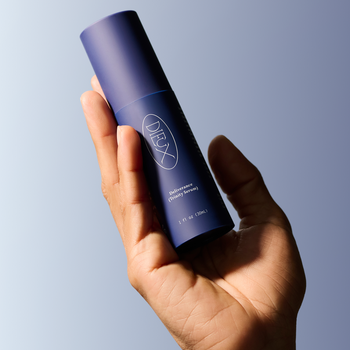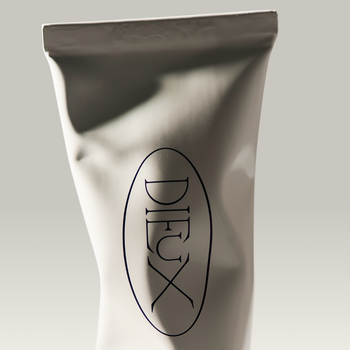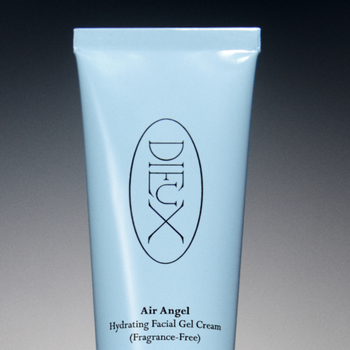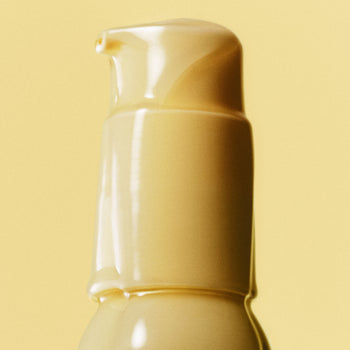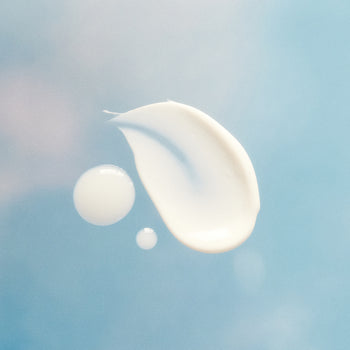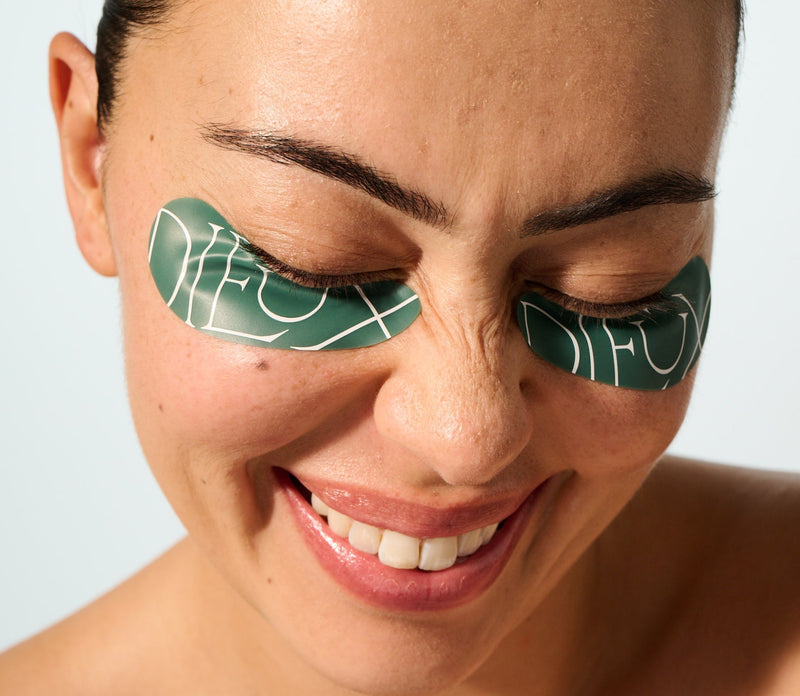
Planned Obsolescence: When Did Things Start Breaking On Purpose?
There was a time, not that long ago, when things were made to not break. Quality was measured by how long something lasted, not how fast it could trend only to be replaced. Brands mostly sold to your needs. Before the Don Drapers of the world kickstarted the advertising revolution of the 1950s, marketing wasn't about aspiration—it was about utility.
“What you call love was invented by guys like me... to sell nylons.”
— Don Draper, MadMen
A quick case study in how consumerist we’ve become: clothing. In the 1800s, garments were made to last, be repaired, and when they fell out of fashion, altered. Think of the modern “capsule wardrobe” trend. To a Victorian woman, that was just… getting dressed. Most people couldn’t afford to wear a new outfit everyday.

Back then, especially for women, fashion was intricate. Even if we look at mass-production of clothing, it didn’t start with women, but with men with their button-down shirts (easier to sew than a corseted bodice). Washing clothes was time-consuming and expensive, so having an “extensive wardrobe” was a luxury few could afford. The point? Fashion wasn’t disposable. Or fast. It stayed with you or within your family. In the 1900s, things started to change.

Enter: Planned Obsolescence
So, when did things start breaking on purpose?
A group of lightbulb manufacturers—Philips, GE, Osram, among others—formed the Phoebus Cartel and agreed to cap bulb life at 1,000 hours. Before that, bulbs lasted 1,500 to 2,000 hours. This wasn't a glitch. It was a design shift. A lightbulb moment for capitalism if you will. If a lightbulb goes out, you’re going to replace it.
A few years later, in 1927, General Motors gave the strategy a name: dynamic obsolescence. CEO Alfred P. Sloan noticed car sales were stagnating. His fix? Change the color. Add features. Make last year’s model feel outdated. It worked. Sales climbed. Soon, the idea of “newer is better” became part of the American dream.
Around the same time, consumer credit expanded. You didn’t need the money, you just needed the payment plan. Installment credit walked so Klarna could run.
Christine Frederick, one of the few female economists of the era, put it bluntly in her 1929 book Selling Mrs. Consumer: women didn’t just want new clothes—they wanted new everything.
Buy More, Want More, Throw Out More
By the 1940s, this cycle went into overdrive. Products were built to break or to fall out of fashion. Advertising sold you an identity and status, not just a service. And after WWII, shopping wasn’t just personal—it was patriotic.
As historian Lizabeth Cohen put it:
"The good purchaser devoted to ‘more, newer and better’ was the good citizen."
By 1954, industrial designer Brooks Stevens officially coined the term planned obsolescence, calling it:
“Instilling in the buyer the desire to own something a little newer, a little better, a little sooner than is necessary.”
Spending wasn’t indulgent… it was smart. Boomers were raised to see consumption, especially big-ticket consumption (cars, fridges, TVs), as part of civic life. Millennials, with economic recessions and wage stagnation, got avocado toast.
Skincare's Version of the Sell
How does this show up in skincare? Planned obsolescence is alive and thriving in beauty, often coined as “newness.”
- Launch fatigue: New products drop constantly—even when they’re slightly tweaked repeats. Haven’t finished your lip balm? Doesn’t matter, there’s a new one in limited edition packaging. This is an old play, hi Lipsmackers.
- Tiny packaging: Great for travel, but if full-size doesn’t exist, you’re just repurchasing more often.
- Single-use skincare: Sheet masks. Eye patches. Anything you use once and toss. They lock you into a cycle: want results? Better keep buying.
What We Dieux About It
Let’s be real: we’re a business. We need you to come back. But here’s how we try to make that return feel earned—not manipulated.
- The option for bigger sizes, so you replenish (buy) less. When something hits, we upsize it. Instant Angel got bigger so you can buy less often. More products are following suit. We are also launching more recycled minis so you can try before committing to a big bottle.
- Anti-single-use. Our reusable eye masks launched in 2020. Some of you still use the same pair. (Investors hated this idea. We did it anyway. It helped put us on the map.)
- Packaging you can actually finish. Not everything’s perfect, but we design with full usage in mind. You can’t delay rebuying if you can’t even finish your product. Expect some updates as we like to balance environmental costs with how you get the formula out of the packaging.
TL;DR
Trend cycles didn’t always move at SHEIN speed. They used to unfold over years. Now, they flip in weeks triggering in you the instinct to buy. Planned obsolescence isn’t just a strategy in America—it’s a century old practice that’s become part of our culture.
Sometimes, resisting is as simple as buying something that lasts, buying less or asking the important question of, why am I buying at all?
